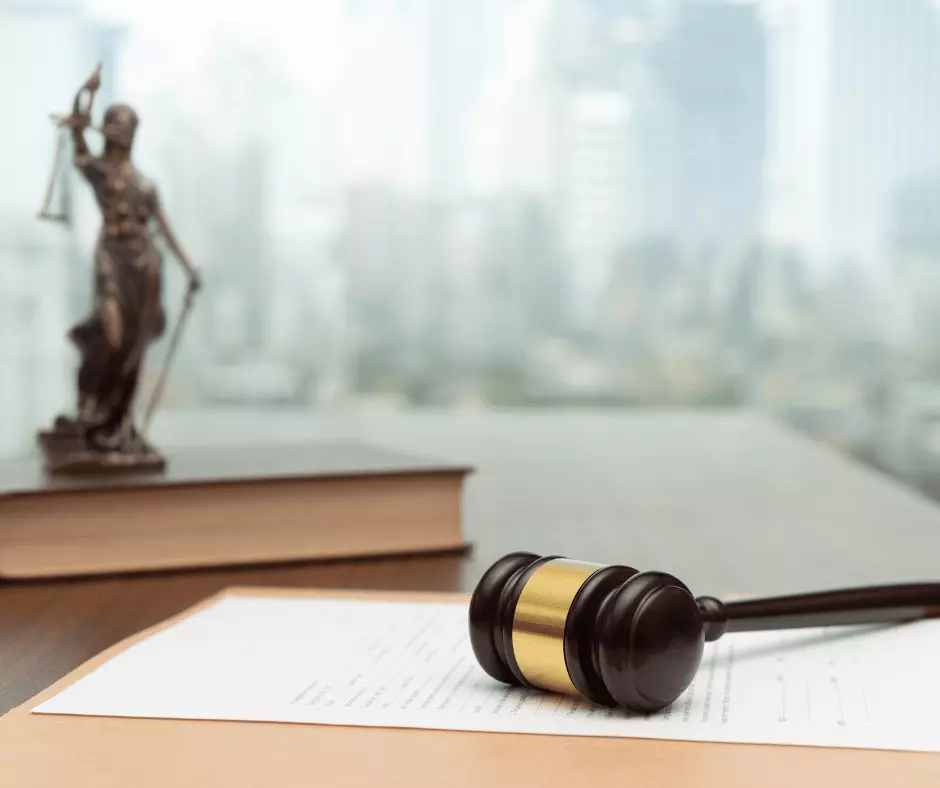Our attorneys focus on holding institutions responsible for allowing abuse to occur. We typically do not handle matters involving abuse by a personal acquaintance, family member, or other individual outside of an organization.
In the early 2000s, hundreds of survivors brought lawsuits against the Archdiocese of Los Angeles for its responsibility in enabling childhood sexual assault. These suits forced the Archdiocese to release its files about accused priests from the 1950s, 60s, 70s, and 80s. The files reveal that church leaders engaged in sexual abuse cover up by sending priests to therapy and reassigning them to new parishes. They actively took steps to silence the claims, hide the evidence, and keep the information about the assault from the public.
Why Does the Catholic Church Cover Up Sexual Abuse?
While the leaders of the Catholic Church have apologized and recognized the mistakes they made regarding the handling of childhood sexual assault claims, there’s no denying that for decades bishops and other church leaders actively covered up sexual abuse perpetrated by their priests. They wrongly believed that sending the priests to therapy would cure their pedophilia. They encouraged families to stay silent so as not to cause alarm or scandal to the organization. They valued the church’s reputation more than stopping future abuse. Sadly, they placed public perception over the safety of children.
Entities Known to Cover Up Sexual Assault
The Catholic Church isn’t the only institution that covered up sexual abuse and assault. Other denominations, the Boy Scouts of America, foster care homes, schools, daycare centers, hospitals, student health centers, and many other organizations have been accused of allowing abusers to maintain a position of authority. Employers across many fields are accountable for cover ups of sexual assault that occur in the workplace.

Legislative Response to the Church Cover Up of Sexual Abuse
The state legislature recently approved two new laws that expand the rights of sexual assault survivors—the California Child Victims Act and the Sexual Abuse and Cover Up Accountability Act.
The California Child Victims Act applies to claims of childhood sexual assault. This law opened a window for survivors to bring a civil lawsuit against an abuser and the responsible institution, no matter how long ago the abuse occurred. Once the window closes on December 31, 2022, a survivor can file a suit during the 22 years after they reach the age of majority or five years after discovering an injury or illness caused by the assault.
The Sexual Abuse and Cover Up Accountability Act applies to sexual assault that occurs on or after the person’s eighteenth birthday. For claims involving a sexual assault cover up, a survivor may file a civil lawsuit between January 1, 2023, and December 31, 2023, regardless of when the assault occurred. Suits can include wrongful termination and sexual harassment claims connected to a sexual assault. After the window closes, a survivor will have 10 years from the last incident of assault or three years after discovering an injury to file a suit.
Penalties for Covering Up Sexual Abuse
Organizations that offer activities for minors have a duty to report child abuse and use ordinary care to keep the premises reasonably safe for children. An institution is liable for a cover up once it knows about “any misconduct that creates a risk of childhood sexual assault by an employee, volunteer, representative, or agent.” It is also legally responsible if it fails to “take reasonable steps or to implement reasonable safeguards to avoid acts of childhood sexual assault.” The law specifies that “providing or requiring counseling is not sufficient.”
Under state and federal civil rights laws, employers have a duty to protect their employees from sexual harassment and assault. Thus, an employer is liable if it:
- Make a concerted effort to hide evidence relating to a sexual assault,
- Incentivizes individuals to remain silent, or
- Prevents information relating to a sexual assault from becoming public.
Nondisclosure or confidentiality agreements are not allowed.
Responsible entities must pay for the damages endured by the survivor of the sexual assault or abuse. Damages include the costs of physical injuries, psychological damages, lost wages, and other costs brought about by the assault. In childhood sexual assault cases, if a child endures a sexual assault after a cover up, the survivor may recover three times the ordinary damages (i.e., treble damages).
Steps to Take When There Is a Sexual Assault Cover Up
If you experienced a sexual assault and the responsible organization wants you to stay silent, it is a cover up. You can choose to report the assault. The Rape, Abuse & Incest National Network (RAINN) provides three ways to report a sexual assault to law enforcement:
- Call 911 if you are in immediate danger,
- Call your local law enforcement office, or
- Seek medical care and ask a medical professional to report the assault.
Reporting the assault to law enforcement may bring criminal charges. You are also entitled to file a civil claim to seek financial compensation and justice.
Boucher LLP: Helping Survivors Make a Claim After a Sexual Abuse Cover Up
A sexual abuse cover up minimizes the devastation sexual assault inflicts on survivors. By filing a civil lawsuit, you can bring to light the abuse that the organization tried to silence. A lawsuit is your chance to hold the organization accountable for its misdeeds. Our compassionate litigation attorneys have been helping survivors and injured Californians for decades. Call today, and we’ll support you while you stand up for your rights.